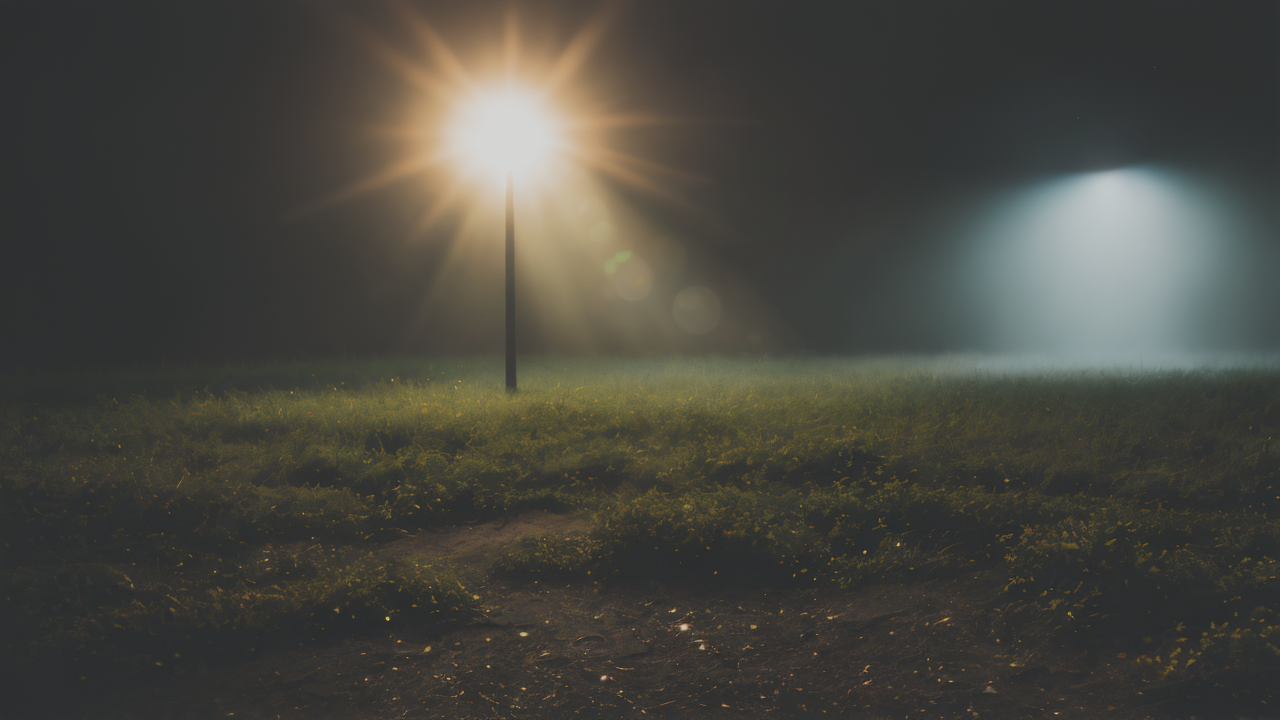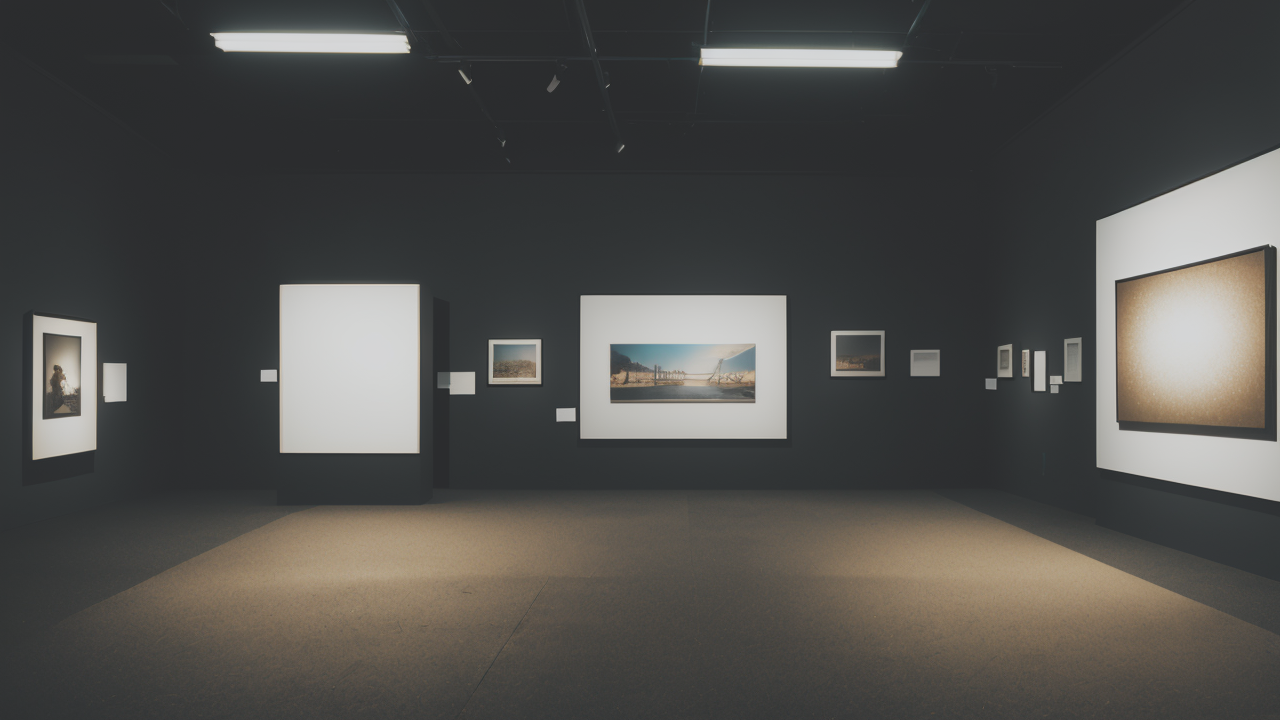
Bridging Traditions: Wabi-Sabi's Influence on American Modern Art Movements
The History and Principles of Wabi-Sabi in Art
Understanding the Origins of Wabi-Sabi Aesthetics
Wabi-sabi is a Japanese aesthetic concept that has roots in Zen Buddhism. It emerged in the 15th century as a reaction to the ornate and ostentatious art styles of the time. The term combines two words: "wabi," meaning simplicity and "sabi," referring to the beauty of age and wear.

Wabi-sabi celebrates the imperfect, impermanent, and incomplete nature of life. It finds beauty in the modest, rustic, and melancholy. This philosophy encourages people to embrace the natural cycle of growth, decay, and death.
In art, wabi-sabi manifests as a preference for natural materials, asymmetry, and rough or uneven textures. It values the marks of time and use, seeing them as adding character and depth to objects.
The Core Principles of Wabi-Sabi in Artistic Creations
Wabi-sabi art embodies several key principles that set it apart from other aesthetic approaches:
- Simplicity: Wabi-sabi art favors minimalism and restraint. It strips away unnecessary elements to reveal the essence of an object or idea.
- Asymmetry: Perfect symmetry is avoided in favor of more natural, organic forms. This reflects the imperfections found in nature.
- Roughness: Smooth, polished surfaces are less valued than those with texture and character. This can include cracks, wear, or uneven finishes.
- Intimacy: Wabi-sabi art often has a personal, handmade quality. It invites close inspection and a sense of connection with the creator.
- Appreciation of natural processes: The effects of time, weather, and use are seen as enhancing an object's beauty rather than detracting from it.
These principles guide artists in creating works that evoke a sense of tranquility, melancholy, and acceptance of life's transient nature.
Wabi-Sabi's Impact on American Artists
Pioneering American Artists Embracing Wabi-Sabi
The influence of wabi-sabi on American art began to take hold in the mid-20th century. This coincided with a growing interest in Eastern philosophies and aesthetics among Western artists.

One early adopter was the abstract expressionist painter Mark Tobey. His "white writing" style, inspired by East Asian calligraphy, embodied wabi-sabi's emphasis on simplicity and gesture.
Ceramic artist Peter Voulkos also incorporated wabi-sabi principles into his work. His rough, asymmetrical forms challenged traditional notions of pottery and embraced imperfection.
Photographer Minor White explored wabi-sabi through his stark, contemplative images. He sought to capture the essence of his subjects, often focusing on weathered surfaces and natural textures.
These artists paved the way for a deeper appreciation of wabi-sabi aesthetics in American art. They demonstrated how Eastern concepts could be integrated into Western artistic practices.
Contemporary American Artists Inspired by Wabi-Sabi
Today, many American artists continue to draw inspiration from wabi-sabi principles. Their work spans various mediums and styles, but all share a common appreciation for imperfection and transience.
Painter Agnes Martin created minimalist canvases with subtle variations in color and line. Her work embodies the quiet, meditative quality often associated with wabi-sabi.
Sculptor Andy Goldsworthy creates ephemeral works using natural materials. His pieces, which often decay or disappear over time, perfectly capture the wabi-sabi concept of impermanence.
Ceramic artist Toshiko Takaezu blends Japanese and American influences in her work. Her large, abstract forms often feature rough textures and asymmetrical shapes.
These artists, among many others, demonstrate how wabi-sabi continues to inspire and shape American art. They find beauty in simplicity, embrace imperfection, and celebrate the passage of time.
Wabi-Sabi in Modern Art: Case Studies and Exhibitions
Exhibitions Showcasing Wabi-Sabi Art in the United States
In recent years, several notable exhibitions have brought wabi-sabi art to the forefront of the American art scene. These shows have helped educate the public about this aesthetic philosophy and its influence on modern art.

The Los Angeles County Museum of Art hosted "Wabi-Sabi: The Beauty of Imperfection" in 2018. This exhibition featured works by both Japanese and American artists, highlighting the cross-cultural impact of wabi-sabi.
In 2019, the Portland Japanese Garden presented "Wabi-Sabi: Beauty of Impermanence." This show explored how wabi-sabi principles manifest in traditional and contemporary art forms.
The Noguchi Museum in New York regularly features works that embody wabi-sabi aesthetics. Its namesake, sculptor Isamu Noguchi, was deeply influenced by Japanese artistic traditions.
These exhibitions have played a crucial role in introducing wabi-sabi to wider audiences. They've helped viewers understand and appreciate the subtle beauty of imperfection and transience.
Analyzing the Success of Wabi-Sabi Art within the Modern American Art Scene
Wabi-sabi has found a receptive audience in the American art world for several reasons. Its emphasis on simplicity and authenticity resonates with those seeking an antidote to the fast-paced, digital world.
The philosophy aligns well with contemporary environmental concerns. Its appreciation of natural materials and processes encourages a more sustainable approach to art-making.
Wabi-sabi also offers a fresh perspective on beauty, challenging Western ideals of perfection. This has opened up new avenues for artistic expression and appreciation.
Critics have praised wabi-sabi-inspired works for their depth and emotional resonance. Collectors are increasingly drawn to pieces that embody these principles.
However, some argue that the commercialization of wabi-sabi risks diluting its essence. There's a fine line between genuine appreciation and superficial trend-following.
Despite these challenges, wabi-sabi continues to enrich the American art scene. It offers a valuable counterpoint to more flashy or conceptual art movements, reminding us of the beauty in simplicity and imperfection.


